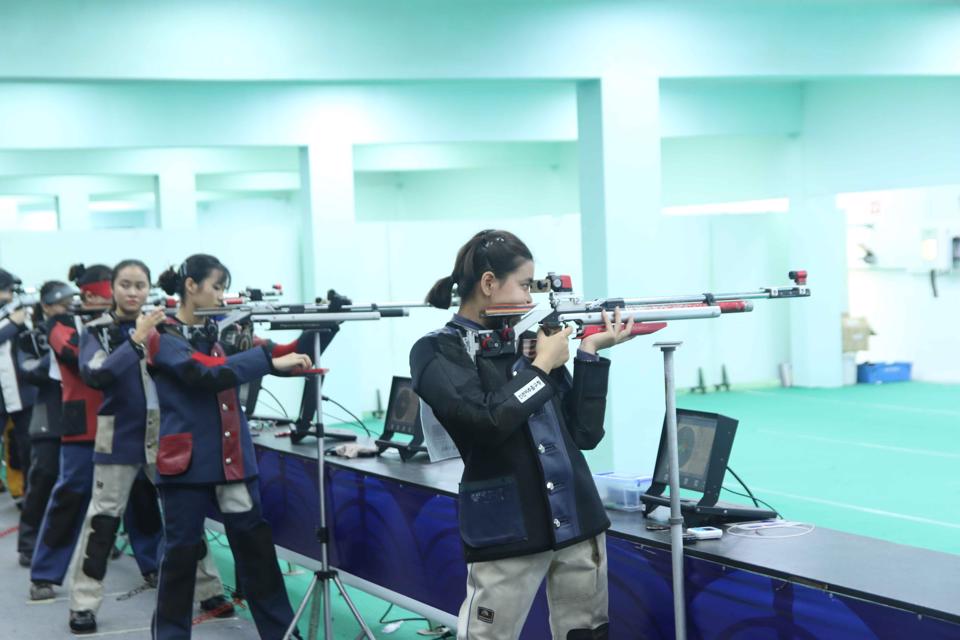Below, Legal Secretary would like to introduce the prominent new policies in the fields of land, education, finance... that will come into effect starting from November 2016.
- Guidelines for participating in traffic when seeing a yellow light
According to the regulations in the National Technical Regulation on Road Signs issued together with Circular 06/2016/TT-BGTVT, when the yellow signal is on, the driver must stop before the "Stop Line". If there is no "Stop Line", the vehicle must stop ahead of the signal light in the direction of travel.
In the case where the vehicle has approached or passed the "Stop Line", if stopping would be dangerous, it should promptly proceed out of the intersection.
At intersections where there are both signal lights and road signs and lines, the driver must comply with the signals of the lights.
In the case where the signal lights are off or there are flashing yellow lights, the driver must follow the road signs and lines in the stipulated order of effectiveness.
Circular 06/2016/TT-BGTVT took effect from November 1, 2016, replacing Circular 17/2012/TT-BGTVT and Circular 27/2015/TT-BGTVT.

- Circular 22: Evaluation of primary school students in 3 levels from November 6, 2016
This notable new content is stipulated in Circular 22/2016/TT-BGDDT, amending and supplementing certain articles of the regulation on the evaluation of primary school students issued together with Circular 30/2014/TT-BGDDT.
At the mid-term of the first semester, the end of the first semester, the mid-term of the second semester, and the end of the school year, teachers will evaluate students in each subject and educational activity based on regular assessments and the knowledge and skills standards according to the following levels:
- Well accomplished: meets the learning requirements of the subject or educational activity well.- Accomplished: meets the learning requirements of the subject or educational activity.- Not accomplished: does not meet some learning requirements of the subject or educational activity.
Additionally, teachers are allowed to perform periodic evaluations combining scores with comments for primary school students; for regular evaluations, teachers use comments. The evaluation also combines teachers', students', and parents' assessments, with the teacher's assessment being the most important.
Circular 22/2016/TT-BGDDT took effect from November 6, 2016.
- Guidelines for calculating land levy when reselling social housing
Circular 139/2016/TT-BTC (effective from November 15, 2016) provides guidance on calculating the land levy payable when reselling social housing as stipulated in Decree 100/2015/ND-CP.
The land levy payable when reselling social housing is defined as follows:
- For social housing as apartments or condominiums:
Land levy to be paid = 50% x S x Land price x Land levy allocation factor
Where:S: The area of the apartment or condominium that needs to determine the payable land levy;
Land price: Defined according to the homestead land price by the Provincial People's Committee specified in the Land price table x land price adjustment factor at the time of reselling the social housing;
Allocation factor: Defined according to Article 8 of this Circular.
- For social housing as low-rise adjacent houses: Pay 100% land levy.The land levy is determined by the above-mentioned land price x the area of the social housing land.

- Adjustment of starting prices for land use rights auctions
This content is mentioned in Decree 135/2016/ND-CP, amending and supplementing several regulations on collecting land levy, land rent, and water surface rent.
The starting price for land use rights (LUR) auction is defined as follows:
- The Department of Natural Resources and Environment determines for cases where the LUR auction area has a land levy value (according to the Land price table):- ≥ 30 billion VND for centrally governed cities;- ≥ 10 billion VND for mountainous and highland provinces;- ≥ 20 billion VND for other provinces.- The financial authority determines the land price adjustment factor method for cases where the LUR auction area has a land levy value (according to the Land price table):- < 30 billion VND for centrally governed cities;- < 10 billion VND for mountainous and highland provinces;- < 20 billion VND for other provinces.
Additionally, the Decree amends and supplements several regulations on collecting land rent and water surface rent.
More details can be found in Decree 135/2016/ND-CP, effective from November 15, 2016.
- Application of electronic C/O under the ASEAN Trade in Goods Agreement
According to Circular 22/2016/TT-BCT on the implementation of the Rules of Origin of Goods in the ASEAN Trade in Goods Agreement, electronic C/O is developed according to the "Guideline on Implementing Messaging and Processing Specifications for Electronic Form D under ATIGA" and transmitted electronically between member countries through the ASEAN Single Window Mechanism.
- The electronic C/O has the same legal validity as the paper C/O; it may be submitted, issued, and accepted in place of the paper C/O.- Regarding the examination of the application for electronic C/O issuance: the examination is conducted similarly to the paper C/O; it is accepted and verified as fully declared and authentic in electronic form.- Concerning the storage and maintenance of C/O application data: involved parties (producers and/or exporters; C/O issuing authorities) must store the documentation/application for C/O issuance for five years from the date of issuance/issuance date.
Circular 22/2016/TT-BCT takes effect from November 15, 2016, and abolishes Circular 21/2010/TT-BCT and Circular 42/2014/TT-BCT.
 Article table of contents
Article table of contents





.Medium.png)
.Medium.png)
.Medium.png)
.Medium.png)
